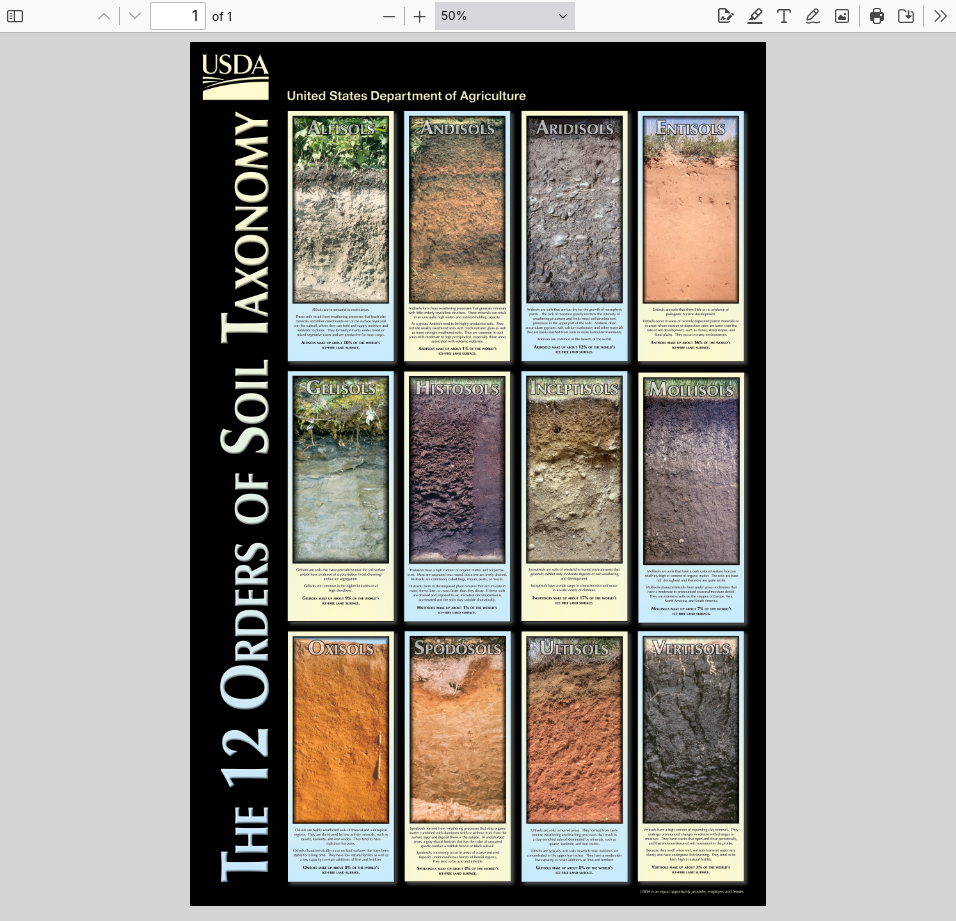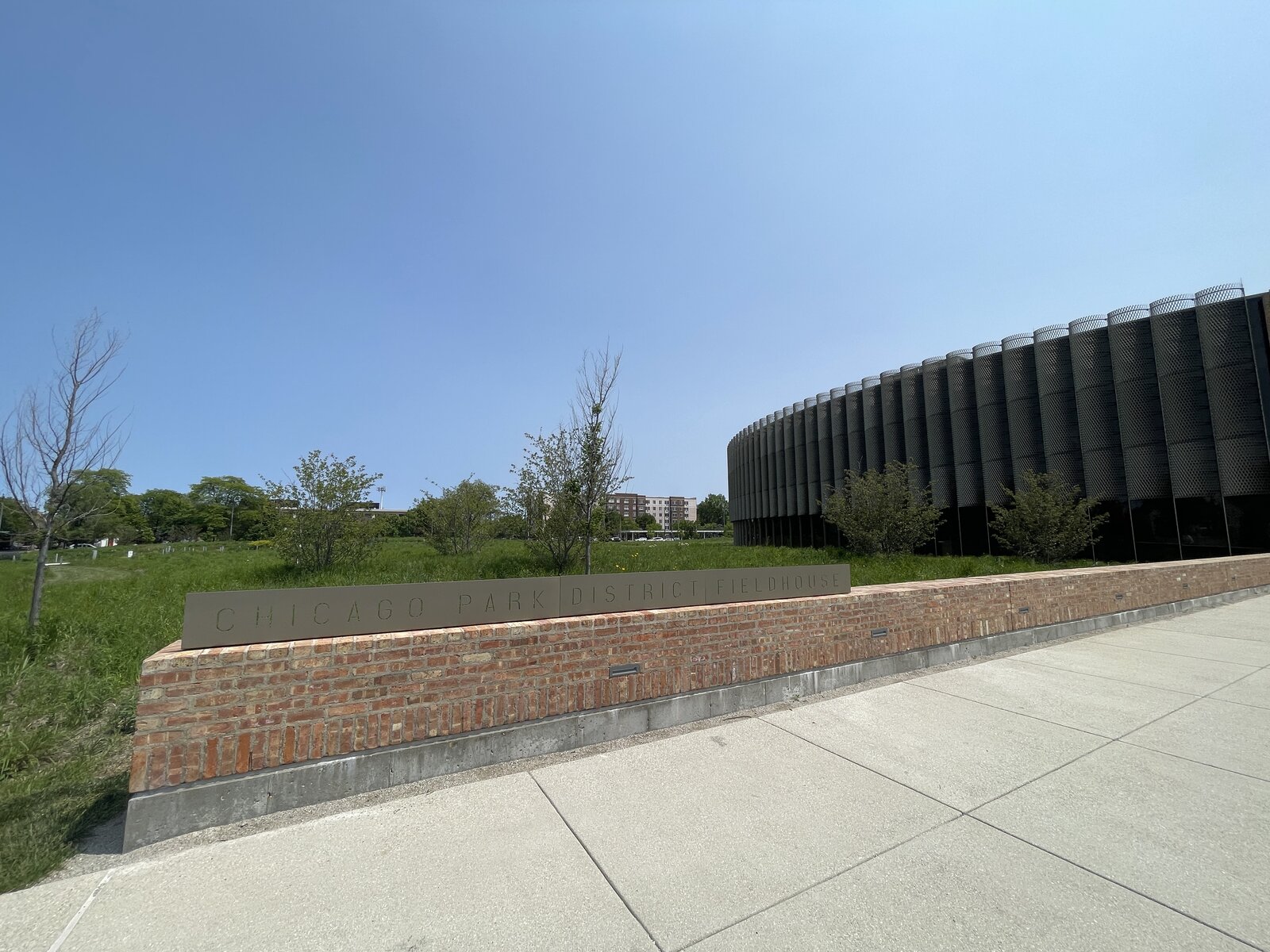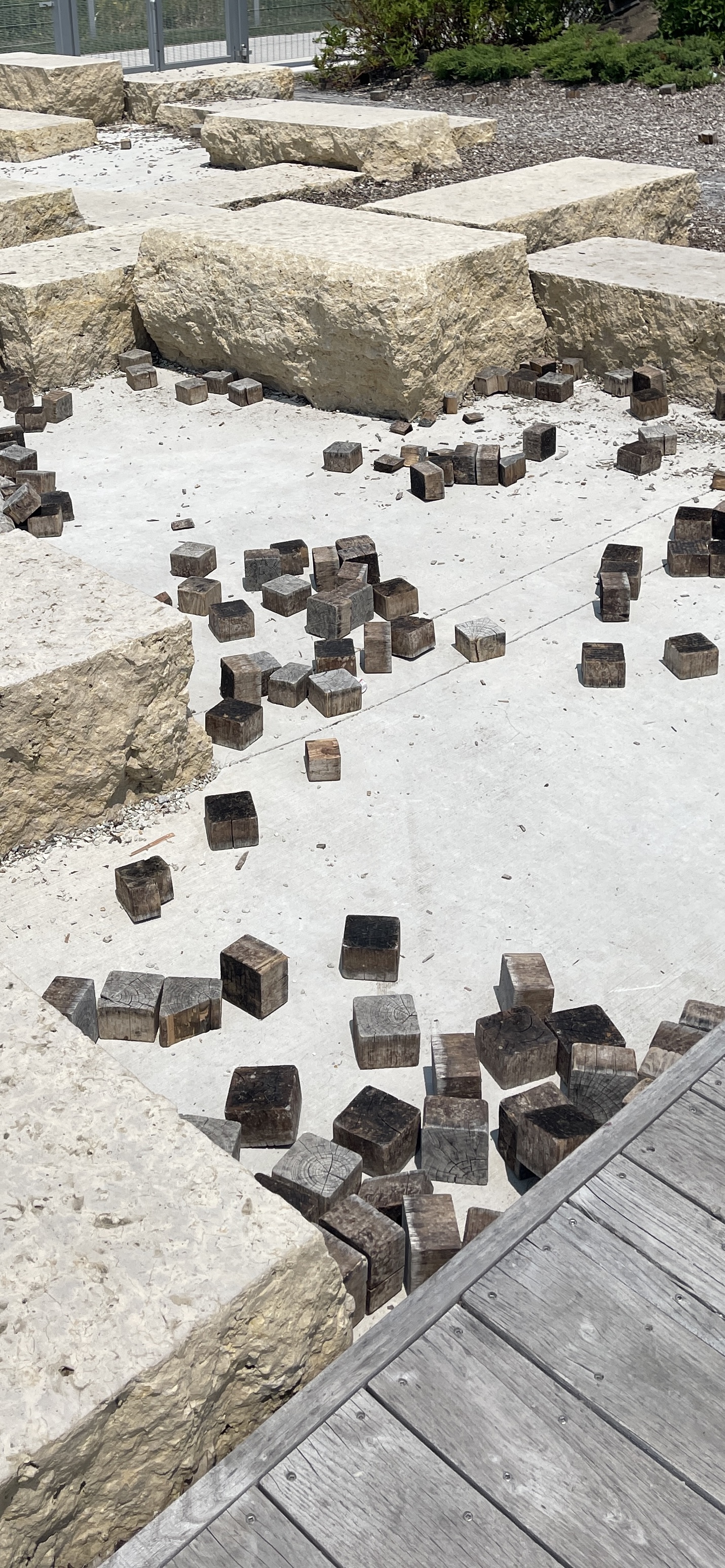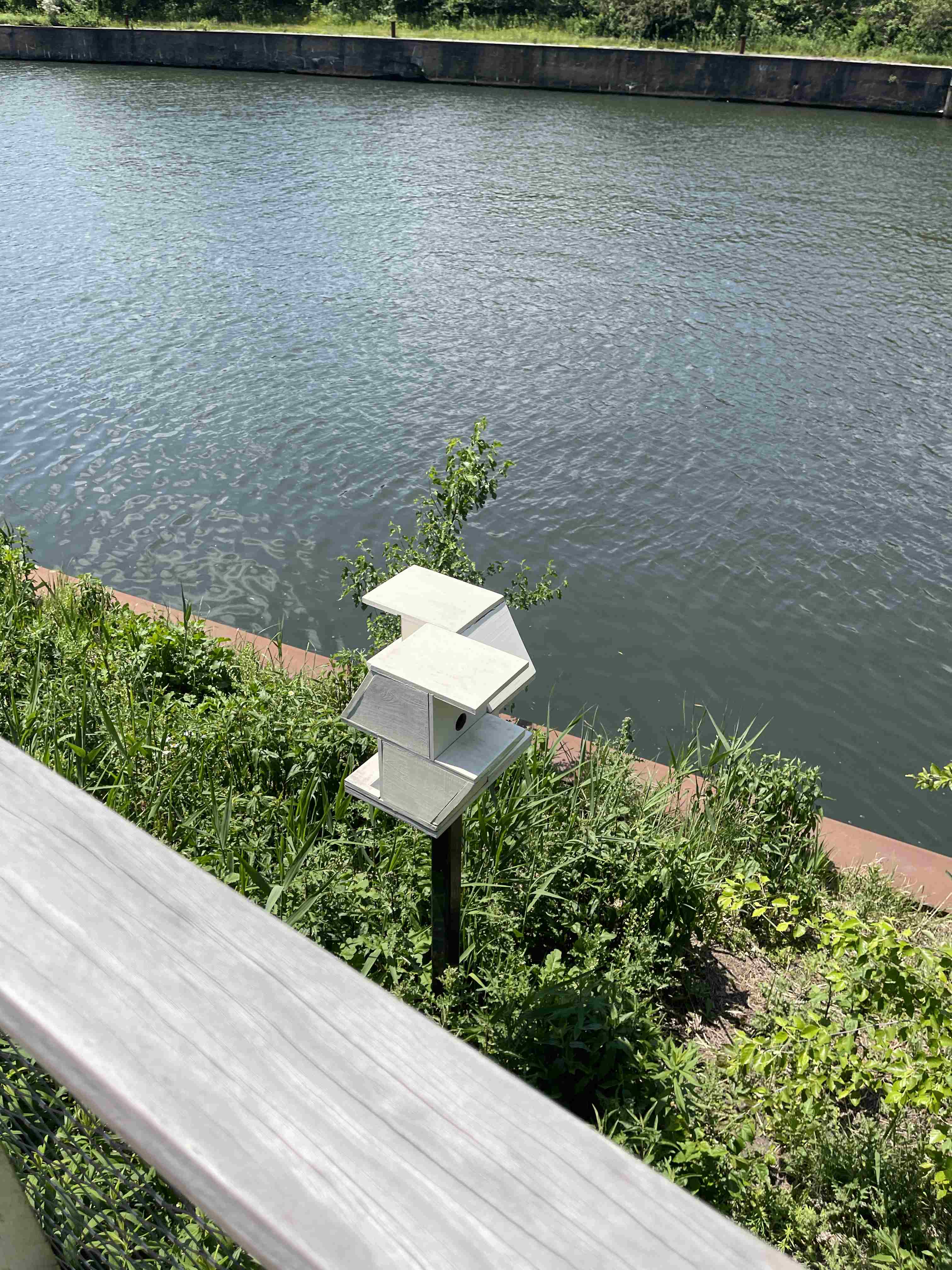Late this past weekend I took a look at HBO’s new film Mountainhead. It’s gotten a lot of mainstream attention in the last few weeks, including about the $65 million house where the movie is set. Mostly, I found the movie to be a quite literal and unlikeable presentation of a few widely circulated criticisms of the tech industry. Like Succession, also written and directed by Jesse Armstrong, it seems to draw a lot of its appeal from the voyeuristic curiosity of its audience. Mountainhead watchers must wonder about what type of house you vacation at when you are young-ish and among the richest people in the world. What does entertainment, friendship, work-play look like at this level?
This is one of those films that only makes sense if it comes with a claim to show “how it really is.” And yet, given the exclusivity of the subject matter, how would the audience know if the movie had gotten it right? One answer is that the film brings an obscure, elite situation down to the level of gossip–to the eminently comprehensible. These men, who claim to rule by means of their extraordinary talents and intelligence, must be disarmed, so that their fate unspools itself only through their basic qualities (honesty, courage, loyalty, ruthlessnes etc.). We may not be able to judge if the opulent setting is credible, but we can judge a character that is confronted with a situation.
What is distinctive about the setting of this movie is that it strips these men of their power. To buy this place at the top of the mountain and associate with one another, they had to fight to the top of the metaphorical pinnacle, conquering or creating entire industries. But all of the planes and motorcades and massive corporate armies that they command are removed from the situation. It’s a “poker weekend,” time off the clock, a chance to revel in ordinary time. And the film shows us leaders whose discomfort with power is almost paradoxical. What they seem to want is supremacy over one another: to be richer, more successful than the next person in the treehouse.
Read more →






